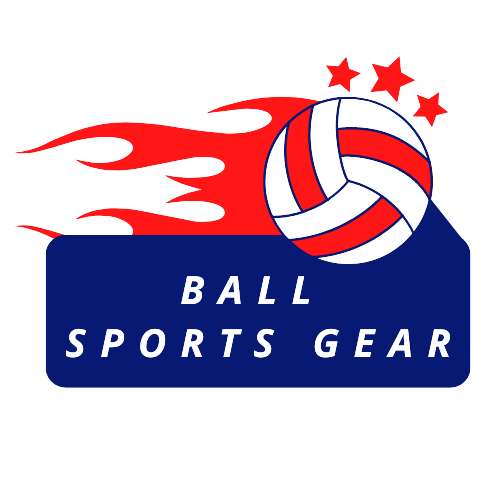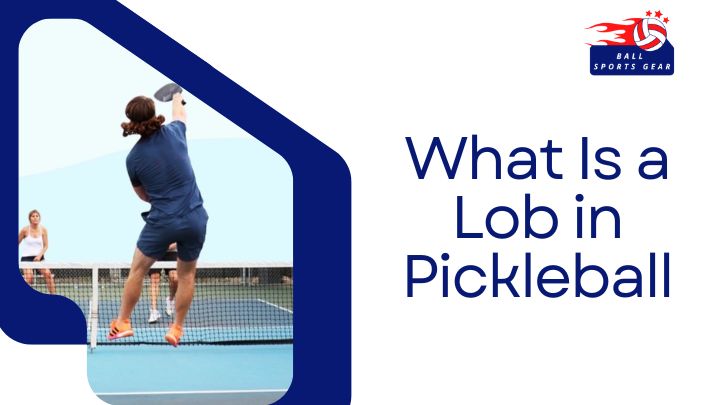Maybe you’re wondering what is a lob in pickleball? Can only beginners use the lob? Well, the answer is yes and no.
Professional pickleball players still use it, although it will be more used by beginners and intermediates. This is the right place to learn everything you need to know about pickleball lobs. There have always been pickleball lob shots in the game, but they have become more common in recent years.
Learn how to master the lob shot to win more pickleball matches.
What Is a Lob Shot in Pickleball?
what is a lob in pickleball? The lob shot in pickleball is a volleyed shot, usually hit with the open side of the racquet with the aim of knocking your opponents off the non-volley (offensive) line or to buy time while the ball is under construction in the air. for your next (defensive) shot.
In pickleball, the lob is a key component that often determines the outcome of a match. If executed correctly, it can be difficult for the opponent to reach the ball and return it, resulting in an easy point.
Ideally, the objective of the lob shot is for the opponent to be put on the defense by trying to return the ball and help him gain a stronger position on the court.
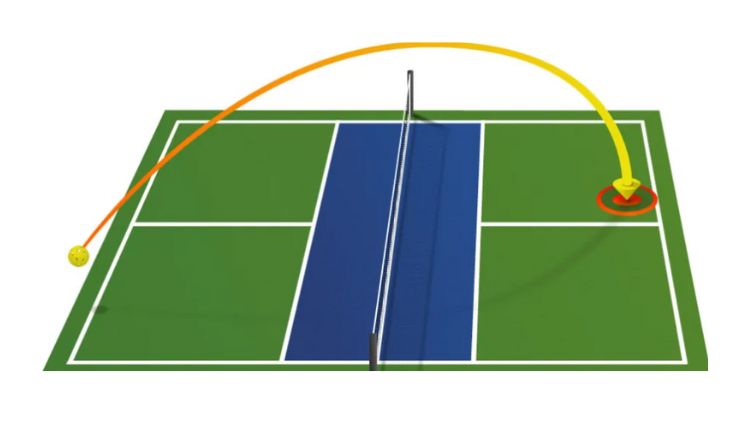
When to Hit a Lob?
If you see your opponent leaning forward in the non-volley zone, consider hitting a pickleball lob. You must keep your head and chest up when you are on the non-volley zone line. If you see your opponent’s head fall off, it will be harder for him to recover a well landed lob pickleball. If you are confident in throwing balls, then you should take advantage of this opportunity.
Second, when you realize your opponent is off balance, a lob can be an effective offensive weapon. Running towards a ball is difficult for anyone but almost impossible unless the player starts from a balanced starting position.
Where to Hit a Lob?
At the pro level, anyone is fast enough to throw a ball flying high. At the professional level, the key is to camouflage the shot and land it out of reach of the opponent. But at each level you have to think where to throw the ball.
Ideally, you’ll go over a player’s backhand shoulder.
If both opponents are right-handed, the player’s left shoulder on the “odd side” of the court is the best option. But, If the player on the even side tries to cover him, he ends up with a backhand. If the other player tries to tag you, you need to move away to retrieve the ball with your forehand.
If both players are left-handed, you must go over the player’s right shoulder on the even side of the court. Of course, if you have two backhands in the middle, center court can be a great lob target.
Pro Tips to Hit Lob Shots
Tip 1: Hide your intentions
When hitting the ball, you must use the same momentum so that it disguises your intentions. But the ball goes lower and lower. Keep your body low like you would in the kitchen line and just lift your body over the ball more aggressively to lob instead of something else.
Tip 2: Use the top bow
A balloon must have a larger arc than the average dink. The object is to throw it so high that your opponent can’t hit you with their racket. This takes a lot of practice (and depends on the size of your opponent). Because you also have to keep the ball in play.
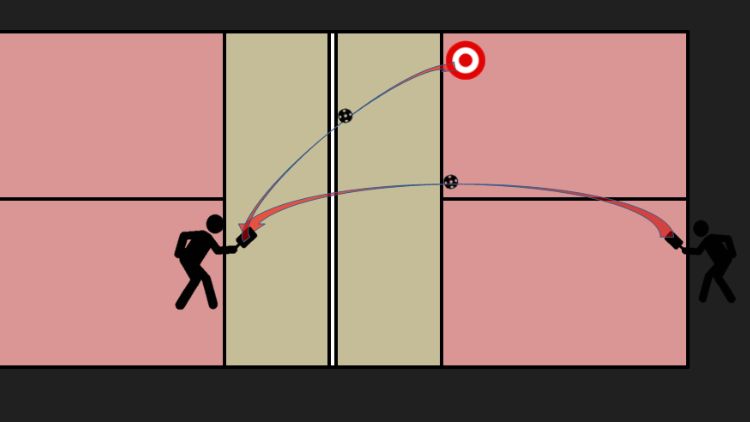
Tip 3: Aim for the baseline
When shooting, you want to aim for the baseline. This way, your opponent has to run back to retrieve the ball, giving you a clumsy try on the next shot. Even if you don’t score on this shot, you should be in an excellent position to score on the return.
Tip 4: Timing is everything
As with all pickleball shots, timing is critical when hitting a lob. Throwing too early or too late makes it easier for your opponent to retaliate and may even punch you from above. But timing is also important when it comes to using it.
The best time to execute a high kick is when you and your opponents are on the kitchen line, and one of the following situations occurs:
- Feel your opponent lean forward
- Your opponent retreated but is now running toward the NVZ line.
- There is extra space in the back corner due to poor location
Of course, you don’t always want to hit lobs in these situations because you want to remain unpredictable. But these situations offer some of the best opportunities to surprise your opponents.
Types of Lobs: Offensive and Defensive
Before we delve deeper, it’s worth pointing out that there are two types of lobs you can take advantage of in Pickleball:
Defensive Lob – A defensive lob is a lob with a lot more arc (think very high, downward trajectory) where you hope your opponents can hit you over your head. Yes
Offensive Lob – An offensive lob is a lob with a flatter trajectory just above your opponent’s racket reach (think of a bridge or rainbow trajectory just above your opponent’s outstretched arms). your opponent) where you try to take the point to win. An offensive lob can be a good strategy to surprise your opponents, especially when they lean into the non-volley zone.
While many pickleball mechanics and strategies may be the same for a defensive and offensive lob, this pickleball blog will focus on the offensive lob. However, it should be noted that the main differences between a defensive lob and an offensive lob are
(1) blade angle; Yes
(2) Your tracking address. A defensive lob requires an open paddle face and vertical tracking, while an offensive lob requires an angled paddle face with upward and outward tracking. To hit an offensive lob, your racket will be tighter, and your swing will be up and out in front of your body.
How to Defend a Lob Shot?
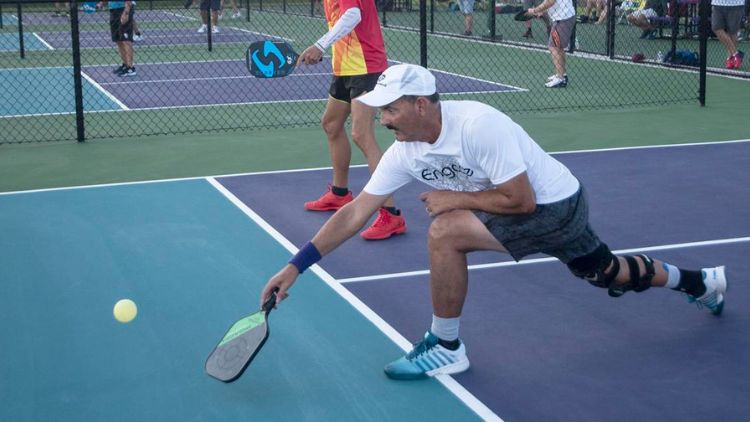
1. Anticipate The Lob
Many players have “hints” that can give you clues as to what they are about to do. Watch your opponent’s racket angle and pay attention to their body language, and you can expect praise.
2.Target your opponent’s backhand
If your opponent is trying to lob offensively, try to hit the ball on the non-racket side. Most players prefer to shoot with a forehand, so your opponent can avoid it with a backhand.
3.Crush the lob back with an overhead
A good overhead kick can make your opponent think twice about trying to pass the ball back to you. Your best chance of breaking a balloon is when the balloon is short or you can jump to reach it.
4.Chase the Lob down
A balloon only works against you if you can’t reach it. don’t go back Instead, break your stride by taking a small step back and to the side, then run to the baseline. You can then go under the ball to return it or land a powerful shot on the rebound.
5.Keep your opponent close to the baseline
Trying to play offensively deep down the court is a losing strategy. Keeping your opponents in the background also deprives them of their ability to rent effectively.
Frequently Asked Questions
When hitting a topspin lob, simultaneously raise your wrist, elbow and shoulder to rotate the racket face as you hit the ball. This creates friction between the ball and racket, causing the ball to spin forward.
Offensively, the best time to fire is when your opponent is close to the NVZ line and not expecting it. Defense is the best time to shoot when you need time to “reset” the point and put yourself in a better position.
A pickleball match can often be decided by the lob, which is an important part of the game. If executed correctly, it can be difficult for the opponent to reach the ball and return it, resulting in an easy point.
There are some similarities to the tennis lob, but in pickleball, there are two types of lob. A defensive lob is most often hit from the baseline while your opponents are in the non-volley zone. An offensive lob occurs when all four players are in the non-volley zone.
Conclusion
The lob shot pickleball, when executed correctly, is an exceptionally effective shot both offensively and defensively. Be sure to include it in your game. Don’t go overboard with the compliments, especially if you’re not doing it for a specific purpose.
